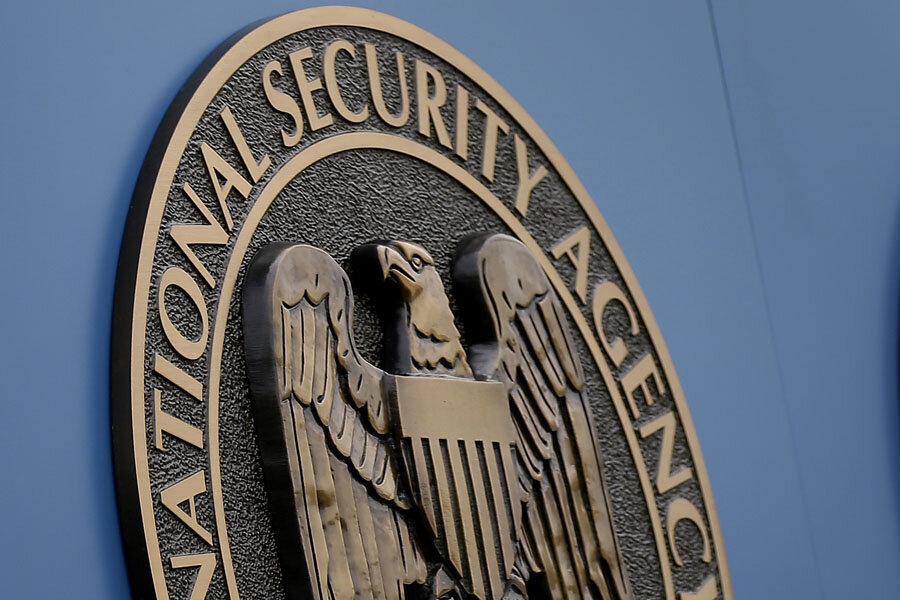NSA infiltrated online games. Was 'World of Spycraft' effort smart or a waste?
Loading...
| Washington
The National Security Agency and its British equivalent have been spying on virtual elves, orcs, and trolls in massive multi-player online video games such as "World of Warcraft" and "Second Life", according to the latest leak from former NSA contractor Edward Snowden.
Simultaneous stories published Monday by The New York Times, the Guardian, and ProPublica detail spy agency gamer activity, which appears to have begun in 2007 or 2008. At one point so many spooks and agencies were involved in Second Life that they had to set up a “deconfliction” group to make sure they weren’t duplicating efforts or running into each other, according to these reports.
World of Warcraft and other games involve the use of digital avatars, voice and text communications, and virtual financial transactions. Millions of players participate.
The NSA and its British sister agency GCHQ worry that this environment might be useful for terrorists, according to documents leaked by Snowden. Al Qaeda and others could hide operational discussions and actual money transfers in fantasy worlds.
“The [signals intelligence community] needs to begin taking action now to plan for collection, processing, presentation, and analysis of these communications,” said one April 2008 NSA document cited by Justin Elliott of ProPublica and Mark Mazzetti of The New York Times.
It’s not clear that this spying has paid off. Documents cited show no counterterrorism successes, although the British did bust a criminal group peddling stolen credit card numbers on Second Life.
However, the NSA’s surveillance of World of Warcraft did turn up “accounts, characters and guilds related to Islamic extremist groups, nuclear proliferation and arms dealing,” according to one document. In other words, people linked to nefarious activities may play these games for recreation. That might allow US and British spies to glean personal info such as names, locations, habits, and revealing comments.
As the tech site Gizmodo points out, many use headsets, video cameras, and other tech equipment, which could even provide the NSA with pictures and other biometric information about their targets.
After all, US law enforcement now has the ability to install malware on suspects’ computers which can turn on computer cameras surreptitiously, according to the Washington Post. The tell-tale light meant to show the camera is “on” remains dark.
It’s not clear from these reports how or if gamer privacy was protected. In theory, American citizens should have been shielded from this spying. Foreigners outside the continental US would have been fair game, but it’s not clear how the NSA winnowed out legal targets.
Initial reaction among game players ranged from outrage at the possible invasion of their privacy to amusement that the NSA would spend money and time on something with a remote chance of providing useful information.
“I bet all the NSA found were whining 12 year old,” tweeted one WOW (World of Warcraft) player.
“If it wasn’t disturbing it would be laughable,” tweeted another.
In the end it may reflect nothing so much as the resources available to US intelligence and the scope of spy creativity and interest.
During the cold war, US law enforcement routinely hired people to do little but live across from the grounds of the Soviet embassy and watch coming and goings. Tiny scraps of information, such as who was in the car with whom, snatches of conversation, and apparent moods were combined into a jigsaw puzzle of personal and business relations between embassy personnel.
The NSA game activity might be seen in this context, in which US surveillance activities become a fixed, unblinking stare aimed at every adversary activity imaginable, with unpredictable effects on the privacy of others.








